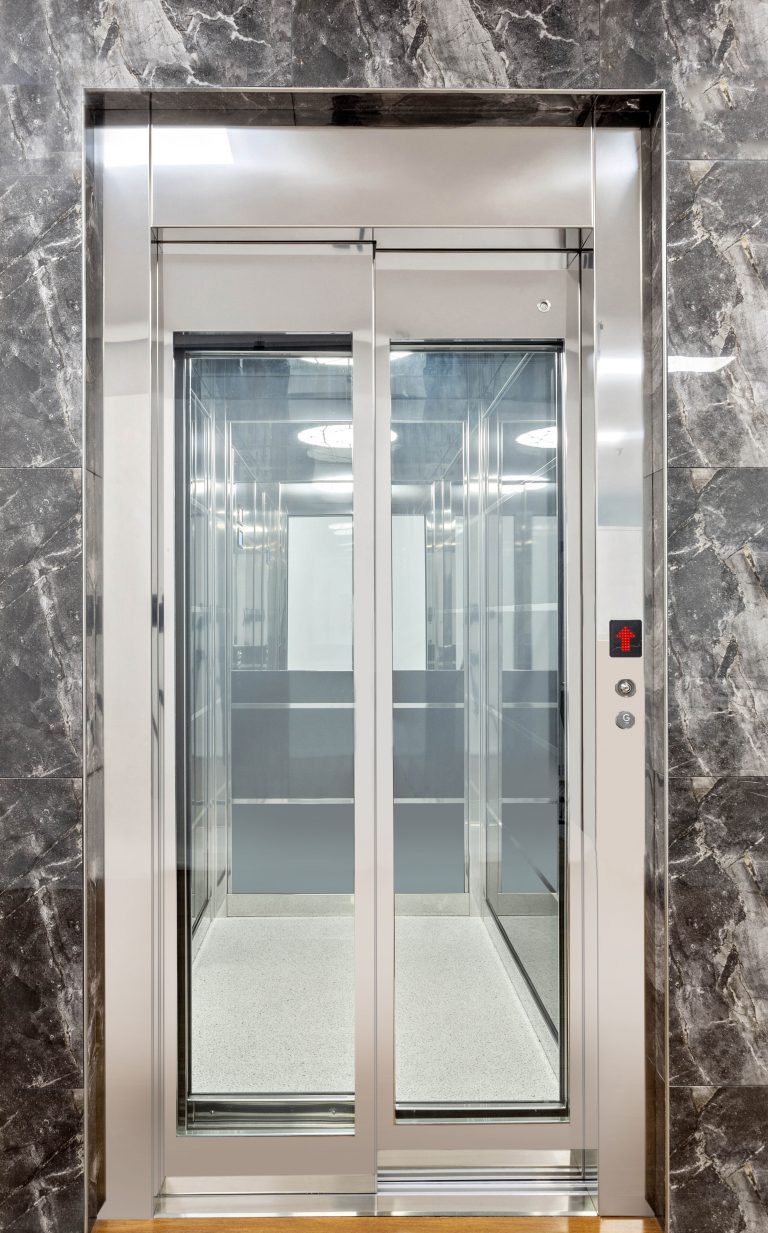We Maintain Lifts to the Greatest Standards: Reliable Solution for All Lift Types
We Maintain Lifts to the Greatest Standards: Reliable Solution for All Lift Types
Blog Article
Exploring the Globe of Elevators: Common Problems Encountered by Various Lift Systems
As we browse with the vertical transport systems of contemporary buildings, lifts stand apart as an indispensable part of our lives. However, behind their seamless operation exists a globe of elaborate mechanisms that can sometimes run into obstacles. From hydraulic elevators to grip systems and machine-room-less styles, each lift type includes its set of usual problems. Comprehending these challenges is critical for ensuring the smooth functioning of these important systems. Allow's discover the complexities that underlie the operation of elevators and the prospective problems that can emerge, losing light on the detailed web of lift devices.
Hydraulic Elevators
Hydraulic elevators, often preferred for low-rise structures, utilize fluid stress to regulate the motion of the lift cars and truck (lift repair companies). This device includes a hydraulic pump pressing oil into a cylinder, creating the elevator to relocate the preferred direction. While hydraulic elevators are known for their peaceful and smooth procedure, they do come with their own set of usual concerns
One widespread trouble with hydraulic elevators is oil leakage. The seals in the hydraulic system can break over time, causing oil infiltration. This not only develops a mess but can also impact the elevator's performance if left unaddressed. Furthermore, issues with the control system, such as malfunctioning valves or a malfunctioning pump, can trigger interruptions in the elevator's movement.
Normal maintenance and timely repair work are important to ensure the smooth performance of hydraulic lifts. By dealing with these typical issues proactively, structure proprietors can lessen downtime and guarantee the safety and security and efficiency of their upright transport system.
Traction Elevators
When considering upright transportation systems in structures, an additional typical kind apart from hydraulic lifts is the traction elevator. Traction elevators operate using a system of ropes and weights that move the elevator vehicle by clutching onto the hoist ropes. This mechanism enables for smoother and much faster upright transportation contrasted to hydraulic systems.
One of the typical problems dealt with by traction elevators is rope wear. The consistent activity of the ropes within the grip system can result in tear and wear gradually, potentially triggering the lift to malfunction or become unsafe for usage. Regular examinations and maintenance of the ropes are vital to ensure the lift's correct performance and security.
An additional concern that grip elevators may experience is connected to the control system. Troubles with the control system can lead to problems such as irregular activity, hold-ups in reaction times, and even total closures. Routine testing and maintenance of the control system are important to stop such problems and find out here now ensure the elevator's integrity.
Machine-Room-Less (MRL) Lifts

Among the vital components of MRL elevators is the compact gearless traction machine that is installed within the hoistway. This machine effectively drives the lift car without the demand for cumbersome equipment located in traditional grip lifts. In addition, MRL elevators normally make use of a counterweight system to stabilize the vehicle, further improving their energy efficiency.
Regardless of their benefits, MRL lifts may deal with difficulties related to repair and maintenance as a result of the confined area for equipment setup. Availability for servicing components within the shaft can be restricted, calling for specialized training for technicians. Proper upkeep routines and normal examinations are essential to guarantee the continued smooth operation of MRL lifts.
Overloading and Weight Limit Issues
Are elevators furnished to deal with excess weight loads effectively and securely? Straining and weight restriction issues are crucial concerns in elevator procedures. Elevator producers style lifts with certain weight abilities to guarantee passenger safety and tools long life. Going beyond these weight limits can bring about various issues, including mechanical failings, find more delays, and security dangers.
When lifts are overwhelmed, it places too much strain on the motor, wires, and various other elements, potentially triggering malfunctions or break downs. If they discover excess weight, security systems such as sensors and overload sensors are in area to stop elevators from relocating. Furthermore, exceeding weight restrictions can cause enhanced energy consumption and wear and tear on the elevator system.
To alleviate overwhelming problems, building supervisors must plainly present weight limitations in lifts and inform occupants on the value of adhering to these limitations - lift repair companies. Routine upkeep checks by certified professionals can additionally aid ensure that lifts are operating within safe weight criteria. By dealing with overloading and weight limit issues proactively, structure proprietors can enhance elevator safety and security and effectiveness
Electrical System Failures
Surpassing weight limits in elevators can not just lead to mechanical problems however additionally potentially add to electrical system failings within the lift infrastructure. Electrical system failures are a critical concern in elevator operation, as they can create unforeseen closures, malfunctions, or also safety dangers.
Normal upkeep and examinations are important to identify and address possible electric concerns promptly, guaranteeing the secure and reliable procedure of elevator systems. By adhering to weight restrictions and carrying out regular electric system checks, building proprietors can minimize the risk of electric failures in elevators.
Verdict

Hydraulic elevators, usually preferred for low-rise structures, use fluid pressure to regulate the motion of the lift cars and truck.When thinking about vertical transport systems in buildings, one more typical type apart from hydraulic elevators is the traction lift. Grip lifts run using a system of ropes and counterweights that relocate the elevator automobile by grasping onto the hoist ropes. Unlike conventional lifts that need a separate device room to house the tools, MRL lifts incorporate most of the components within the shaft, removing the requirement for a dedicated device room.In verdict, lifts deal with typical problems such as hydraulic breakdowns, traction system failings, and electric system issues.
Report this page